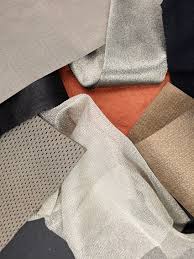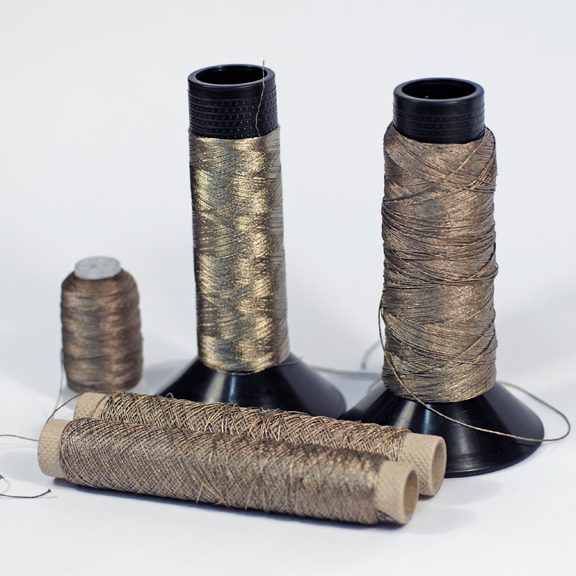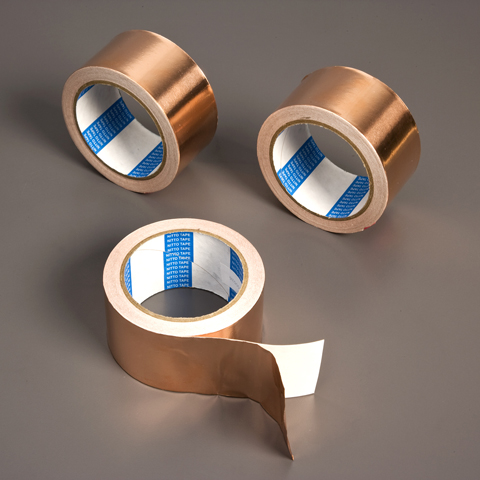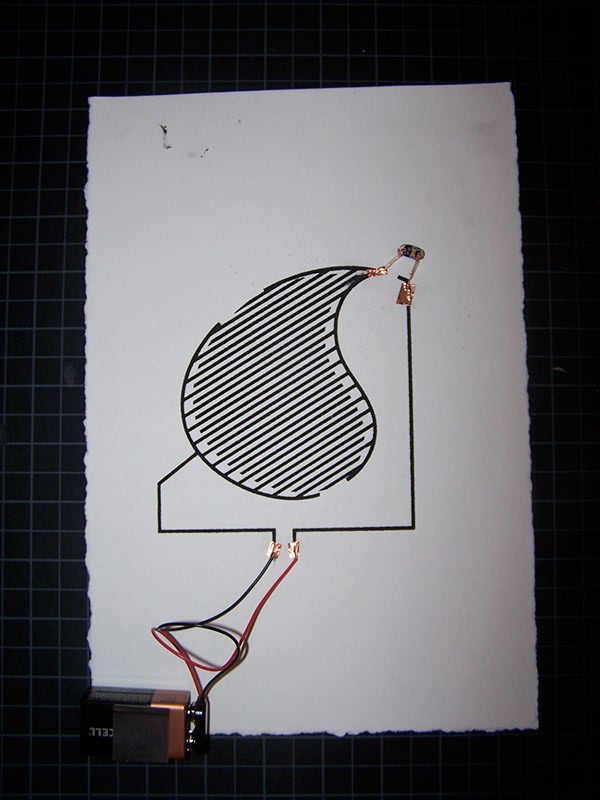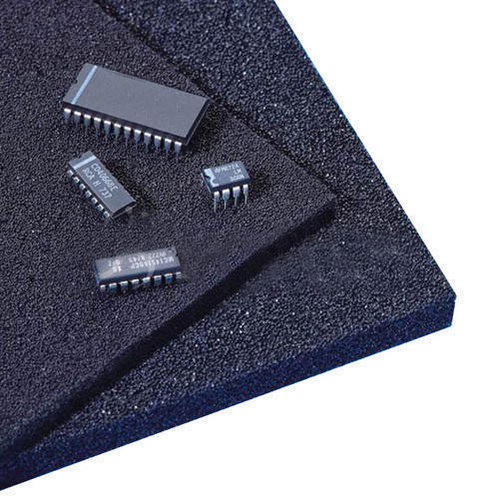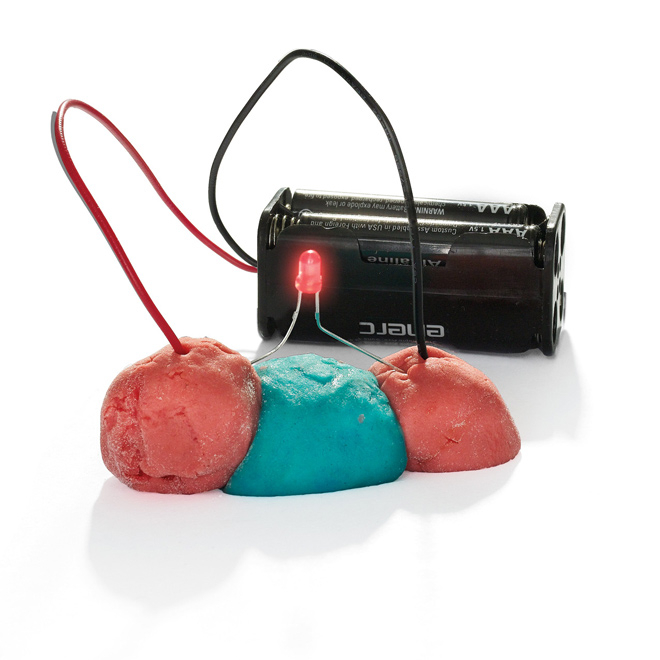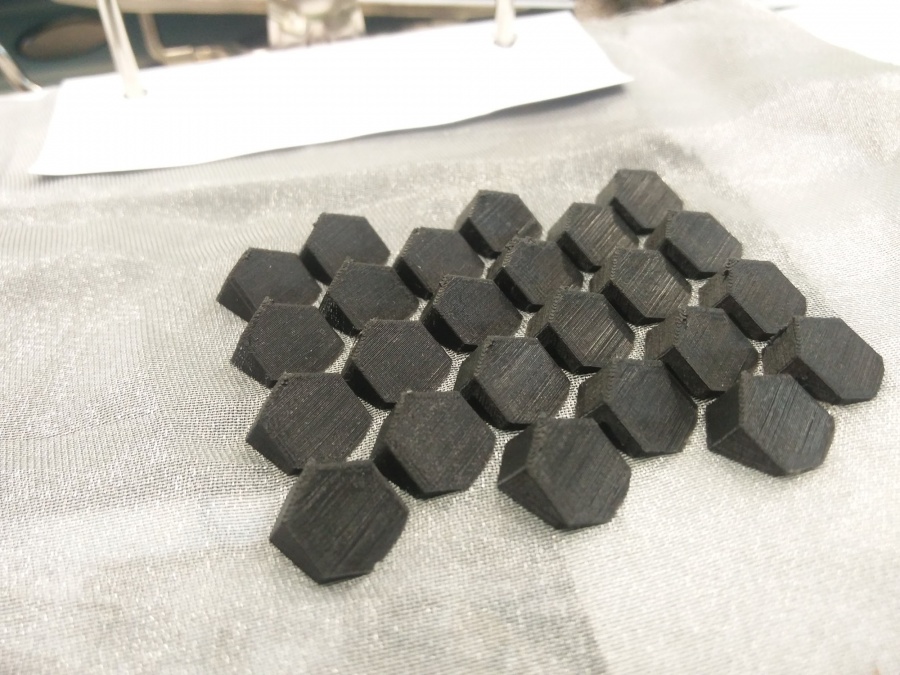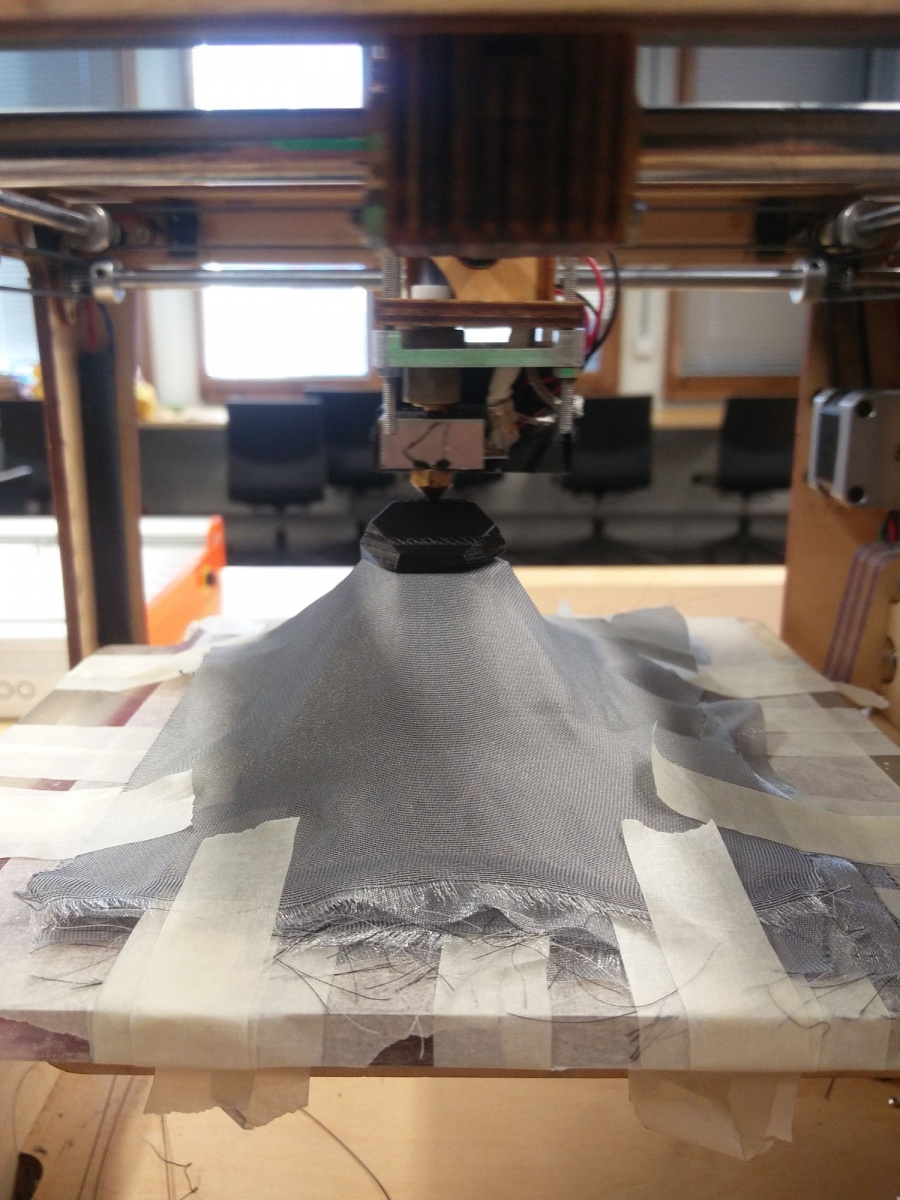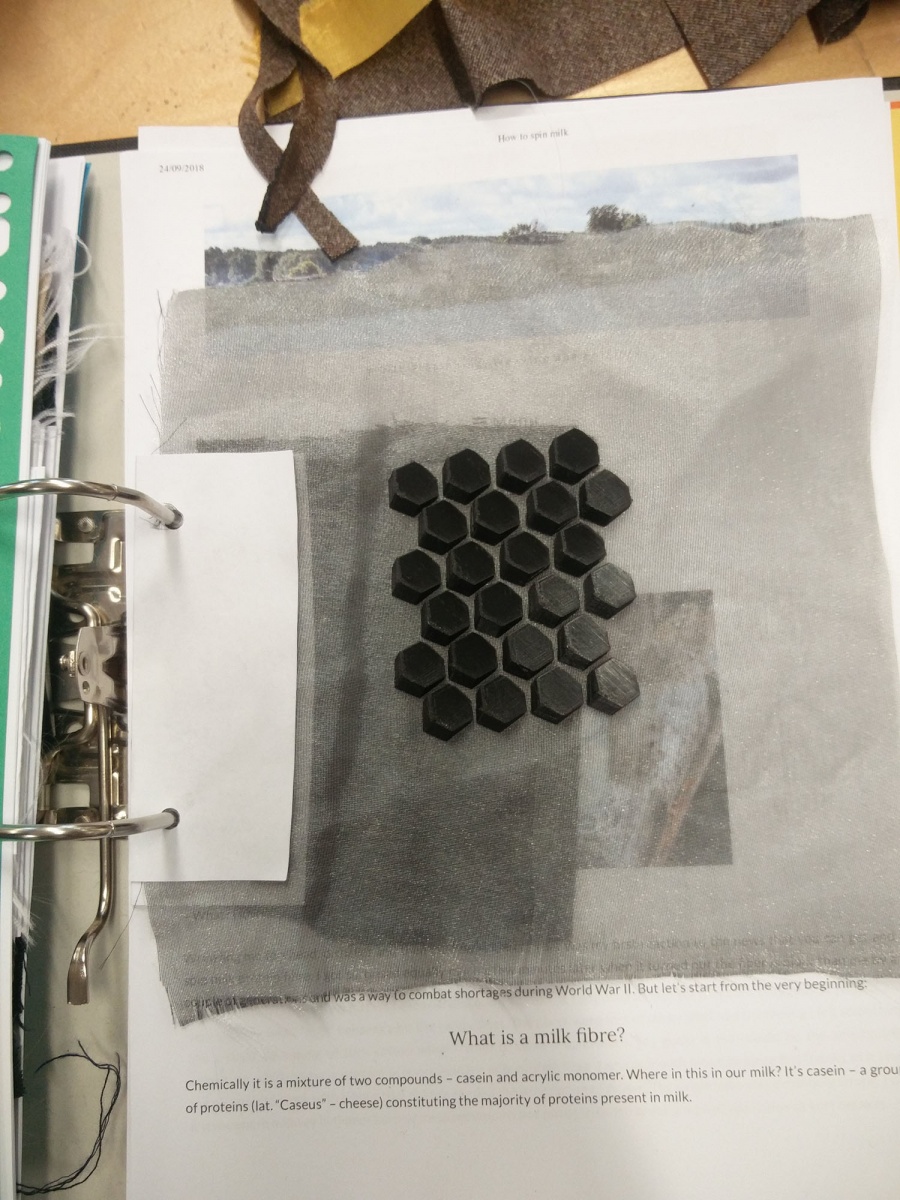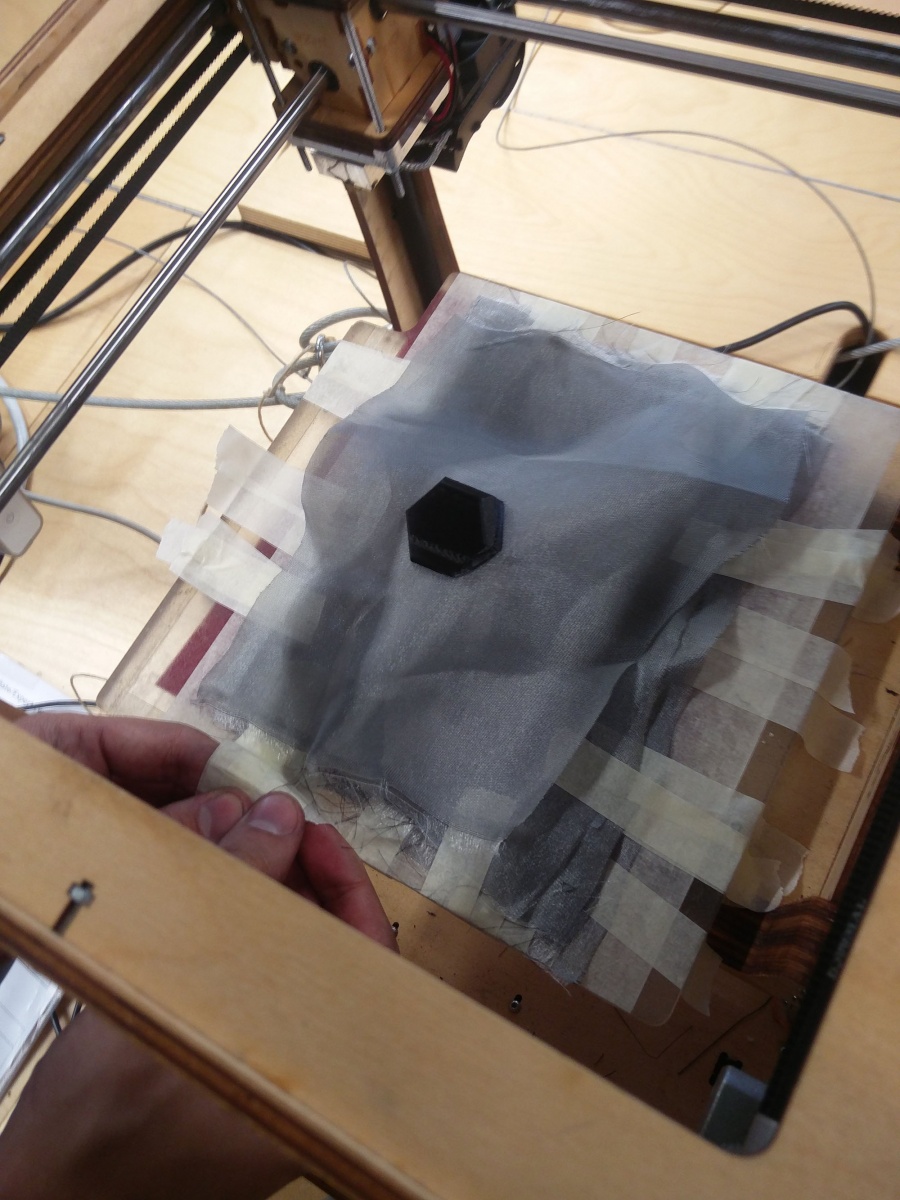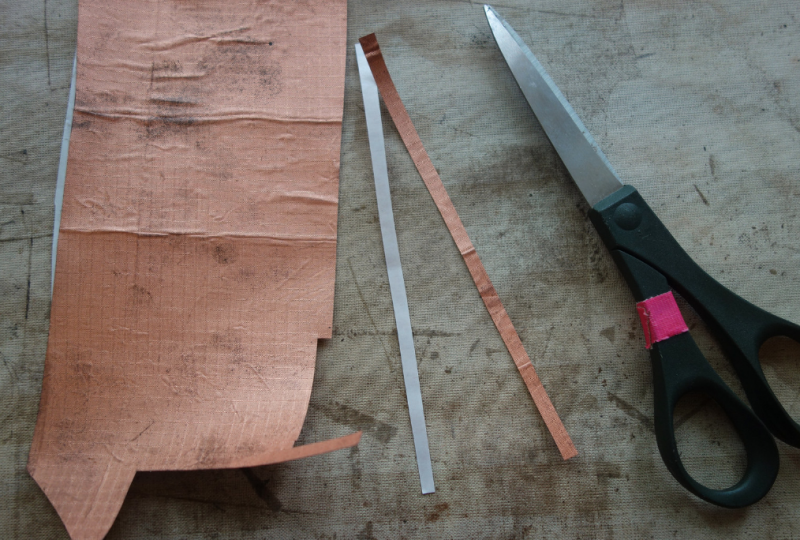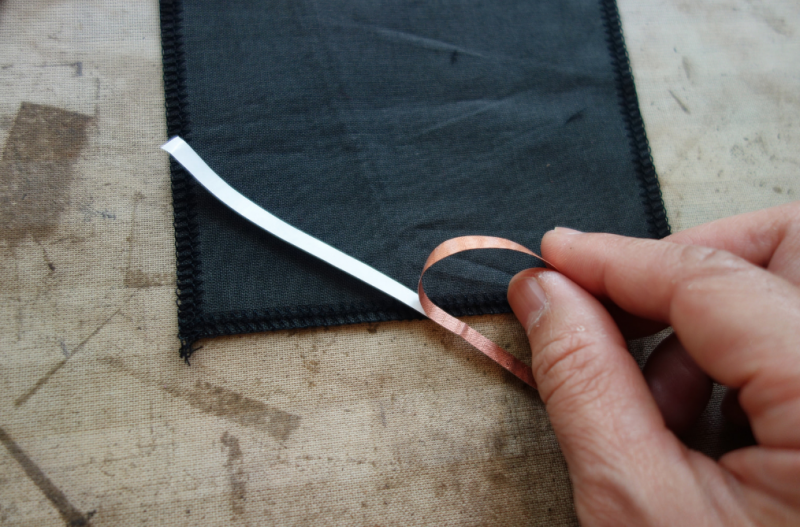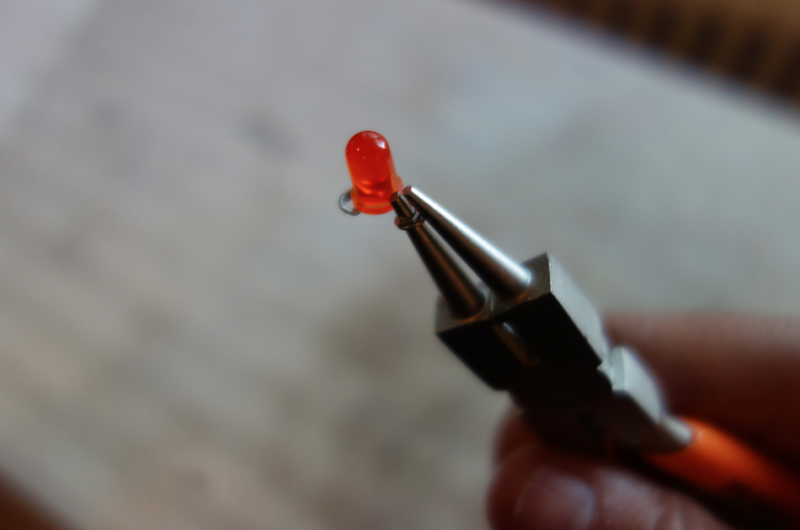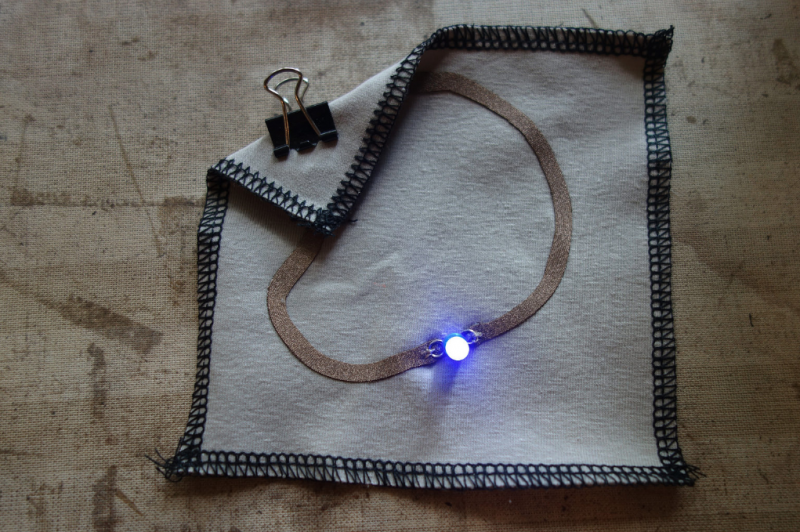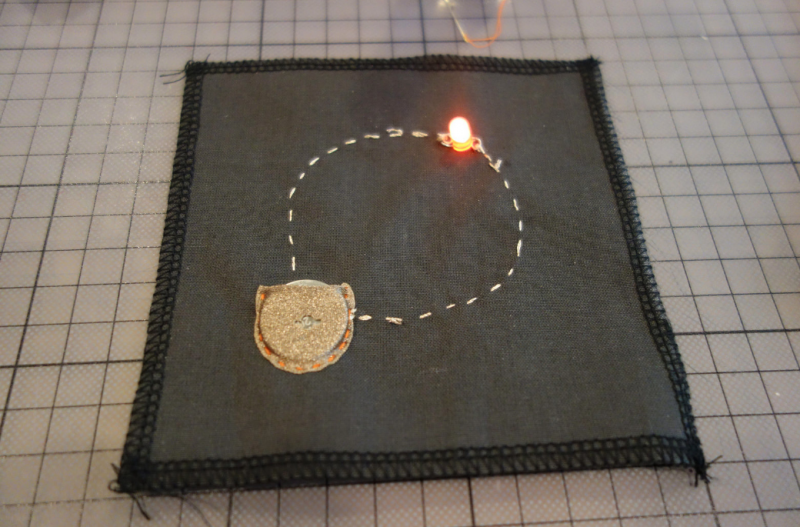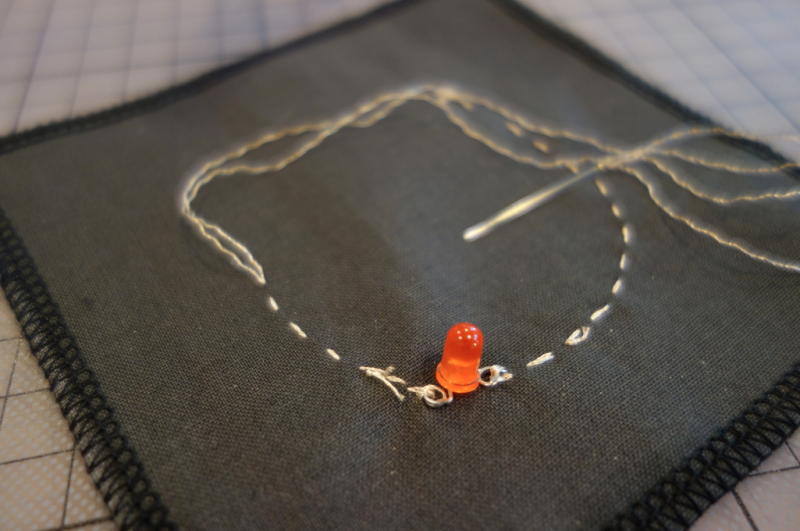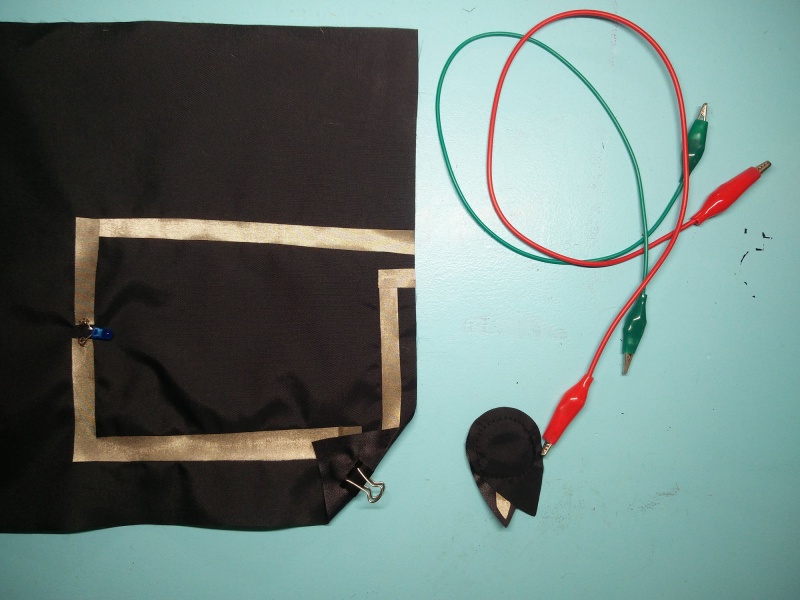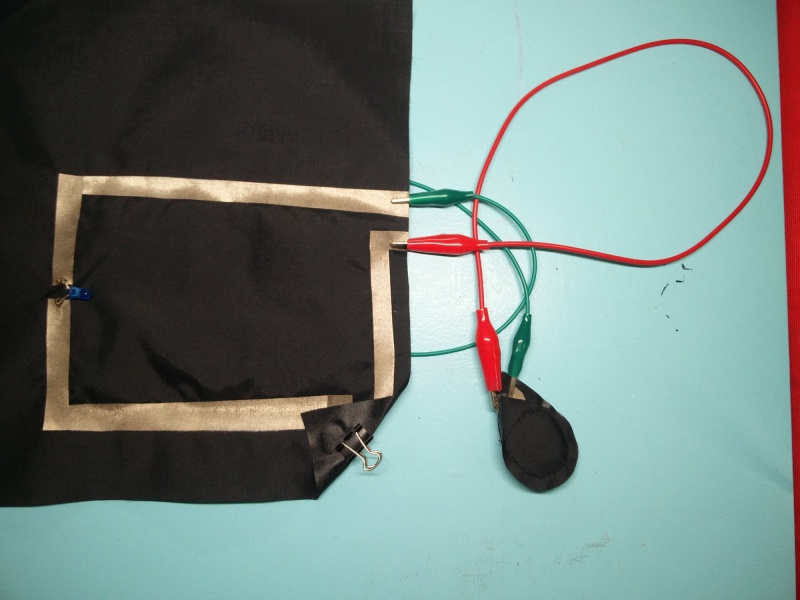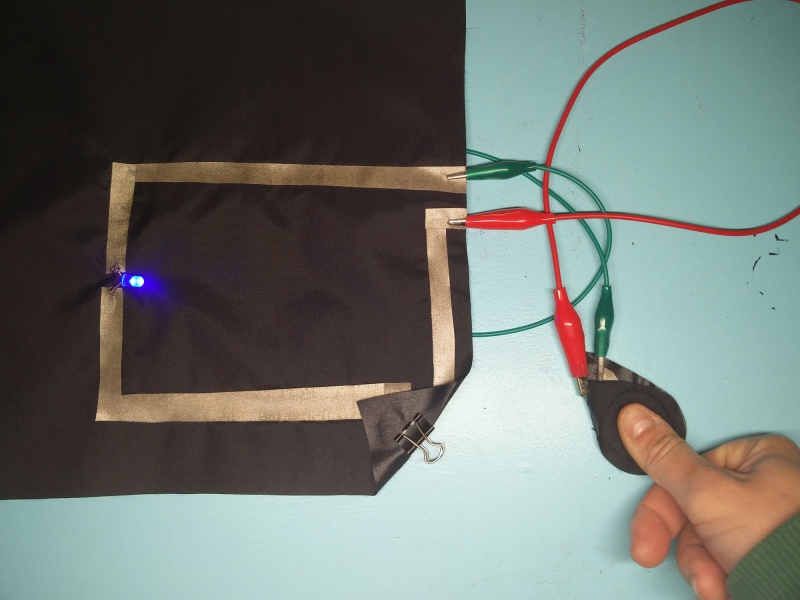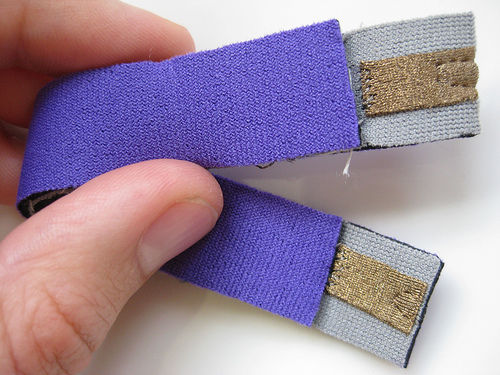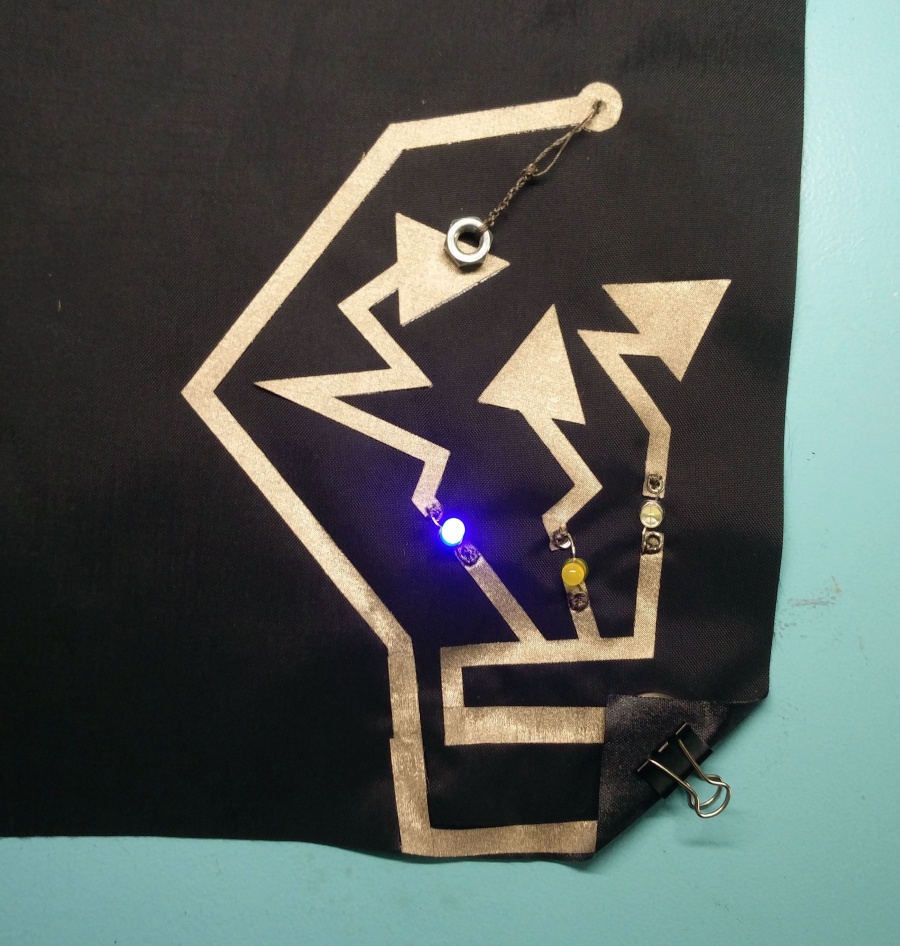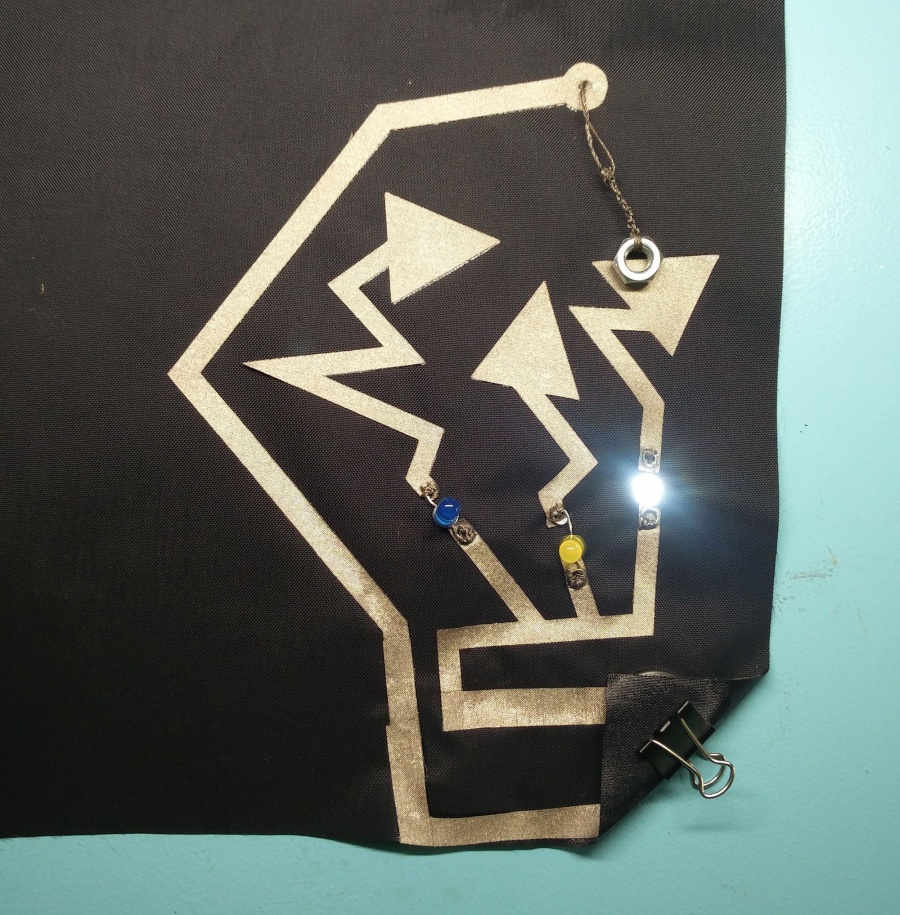Wearables: First Steps
Intro
This is an introduction to working with soft electronics.Combining and entwining circuits and fabrics. We will go trough the fundamental knowledge of electricity and how we can use it in various ways to make soft interfaces.
Materials
conductive
When we work with electronics, we obviously need electricity to power our work, so a crucial component of our work are conductive materials, or conductors. Conductors are substances that allow the flow of electrical current through them. The most common and well-known conductors of electrical current are metals. Both conductivity and resistivity are properties of conductors. As we focus on wearables, it will be in our interest to move further than using simply wire, that is most commonly used in electrical circuits and explore other conductive materials.
conductive and resisitive
Simplified explanation: they are opposites!
Resistivity - the amount of opposition to electrical flow
Conductivity - how easy it is for an electrical flow
fabrics
Conductive fabrics can be used as traces and wires are used in a circuit.
It can be cut by hand, lasercut, cut with a vinyl cutter. Lasercutting can leave smokey traces on the material and slightly melted edges. Using a vinyl cutter leaves the fabric more clean.
Interfacing it to another fabric can be done via interfacing adhesive (such as heat n bond, that gives clean and neat results), fabric glue (it is more difficult to work with in complex shapes), sawing.
thread
Conductive threads are usually manufactured for anti-static, electromagnetic shielding, intelligent textiles, wearable technology, data transfer and heating purposes. Most threads are metalised with an alloy of various metals, which can include silver, copper, tin and nickel. The core is normally cotton or polyester.
Conductive threads are un insulated and sewing them tightly to metal usually makes for a good connection, though this connection tends to loosen over time where movement occurs. One way of avoiding this is to include a squishy material, such as stretch conductive fabric underneath the stitches, or a non-conductive material, so long as it does not obstruct the electrical connection.
wool
tapes and foils
ink
foam
play dough
non-conductive
adhesive interfacing
glues
special effect pigments, etc.
thermochromic
photocromic
hydrochromic
ferrofluid
fabric
thread
Tools
sewing machine
multimeter
pliers
scissors
lasercutter
vinyl cutter
3d printer
Material Research / 3D Printing over fabric
Sijn Zijlstra, Graphic Design
breadboard
microcontroller
arduino
flora
Hello wolrd: Soft circuit
For the hello world we will use an led as an output.
A light-emitting diode (LED) is a two-lead semiconductor light source. When a suitable voltage is applied to the leads, electrons are able to recombine with electron holes within the device, releasing energy in the form of photons. (https://en.wikipedia.org/wiki/Light-emitting_diode)
There are two things we have to take care when using LED.
– LED has polarity. Make sure to connect LED in correct direction.
You can tell the direction as the positive side usually has a longer leg, or a smaller triangle lead in the epoxy lens. Or a dent in the epoxy on the negative side.
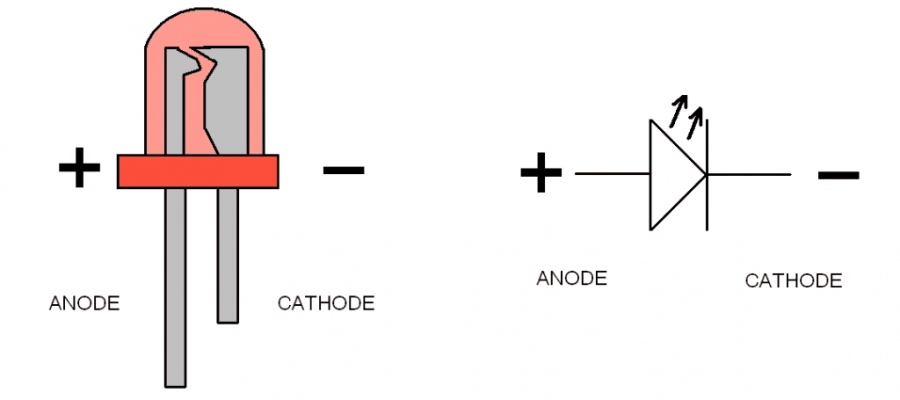 How much voltage and current does LEDs require to light up?
It depends on the LED and you will need to check its datasheet to know exact specification. The voltage you need is called “(forward) voltage drop” and the current required is called “forward current”. Most of the normal (not super bright) LEDs light up somewhere around 2-2.5v and require 20-30mA.
How much voltage and current does LEDs require to light up?
It depends on the LED and you will need to check its datasheet to know exact specification. The voltage you need is called “(forward) voltage drop” and the current required is called “forward current”. Most of the normal (not super bright) LEDs light up somewhere around 2-2.5v and require 20-30mA.
– You will need to limit the current to suitable range. you can read here “why?” >> To limit the current, you need to add resisters in your circuit. You can calculate it yourself using Ohm’s law, or use online calculators like this one >> http://led.linear1.org/1led.wiz
simple
Lets s start my making the hello world of soft and any kind of circuitry:) And use the led we talked so much about.

Cut conductive fabric that has fusible interfacing on one side. peel off the backing paper and place it on base fabric. Make sure the iron is set to synthetic. Most conductive fabric is delicate. And you do also rist the glue from the interfacing glue to appear of the front.
You can cut each side or fold to make corners. In both cases we need to check if all connections are right. We will use the continuity setting.

We make a rectangular shape and leave both sides open. On one side we will clamp the battery, and on the other: sew the led.
Use pliers ( best rounf ones) to bend the led legs into hooks. That way it will be easy to sew.
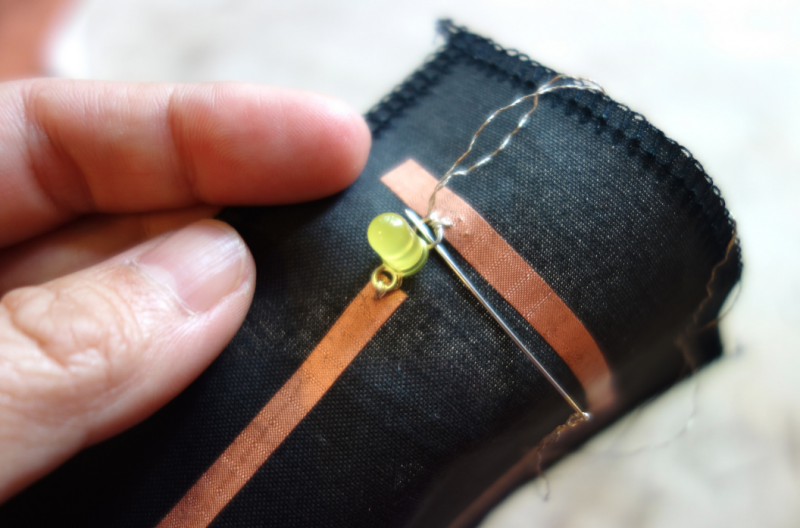
Then we will use a clip to hold the battery in place.

Many options are possible of course. Both in materials and design. But we have to get started,
You can also use conductive thread to make the circuit.
with button
But be fore we start. Lets make the push button.
Here is the Kobakant push button. we have this kit and we have also some vinyl cut fabric.
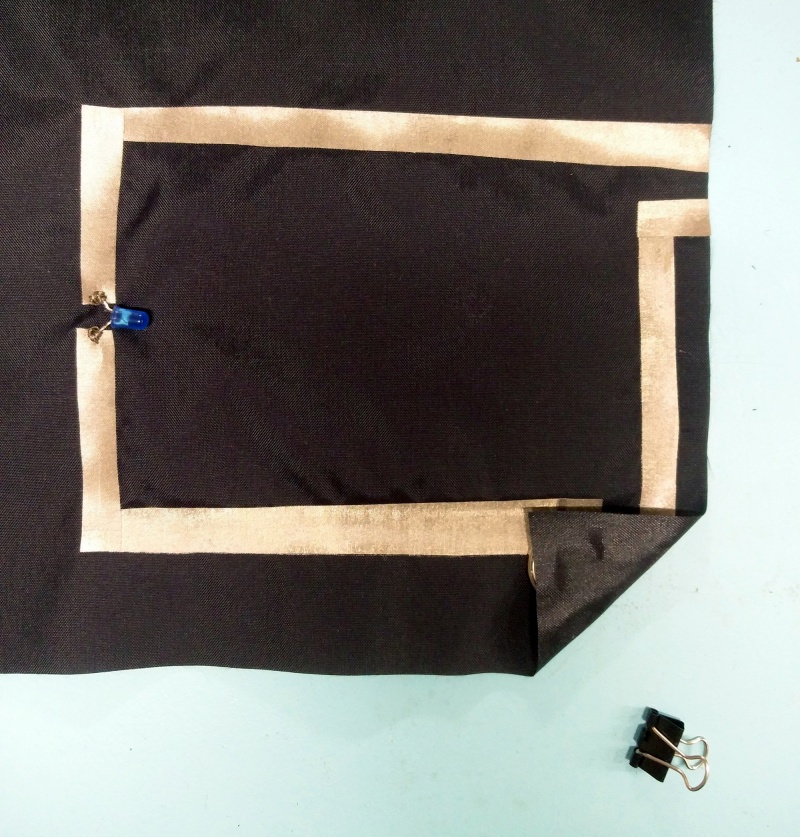
Conductivity
Resistance
Sensors
Digital Sensors
Digital sensors are the sensors that gives 2 state (on/off, 5V/0V). You will connect them to digital Pins and set it as INPUT.
Digital data consists exclusively of 0s and 1s .
For example, consider a push button switch. This is one of the simplest forms of sensors. It has two discrete values. It is on, or it is off. Other 'discrete' sensors might provide you with a binary value.
Another example of a digital sensor is an accelerometer, which sends a series of data points (speed, direction, and so on) to the Arduino. Usually digital sensors need a chip in the sensor to interpret the physical data.
Analog Sensors
Analog sensors on the other hand, gives range. You connect this types of Analog sensors to Analog Input pins which is measuring the incoming voltage between 0V-5V*. Arduino converts this incoming voltage into the number between 0-1023.
Analog data is transmitted as a continuous signal, almost like a wave. In other words, an analog sensor doesn’t send a burst of 1s and 0s like digital sensors do; instead, the sensor modulates a continuous signal to transmit data.
Bend
Lets start by making the sticky tape sensor. Lets tape it
We have this kit at the Station [1] and it is very easy to build on our own
Tilt
EMF amp ( powerline sniffer)
Make your own
Microcontrolling it
digitalRead our button
analogRead our bend sensor
Votage Dividers
Resources!
Biggest resource for everything wearable related BIG UP for Kobakant
